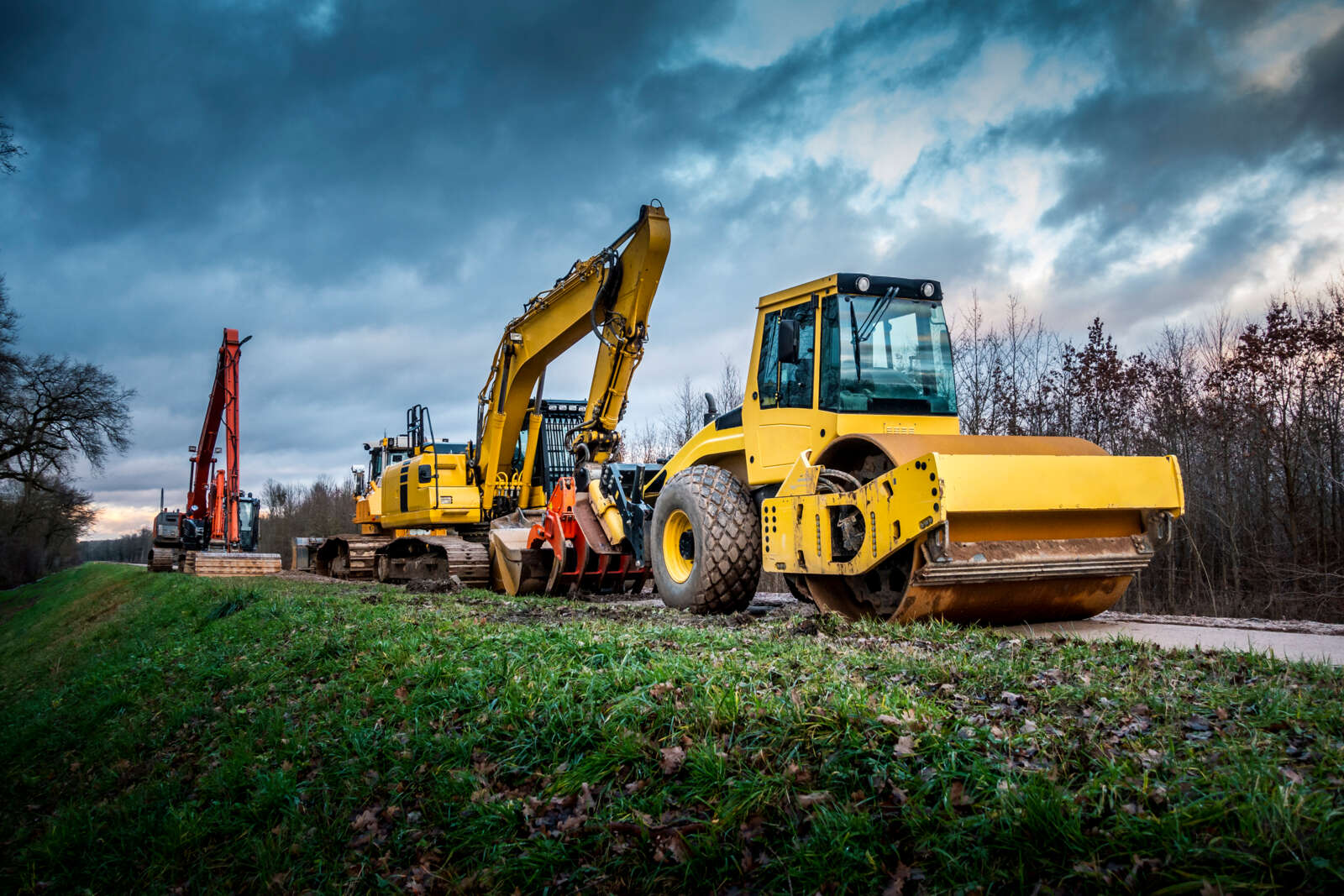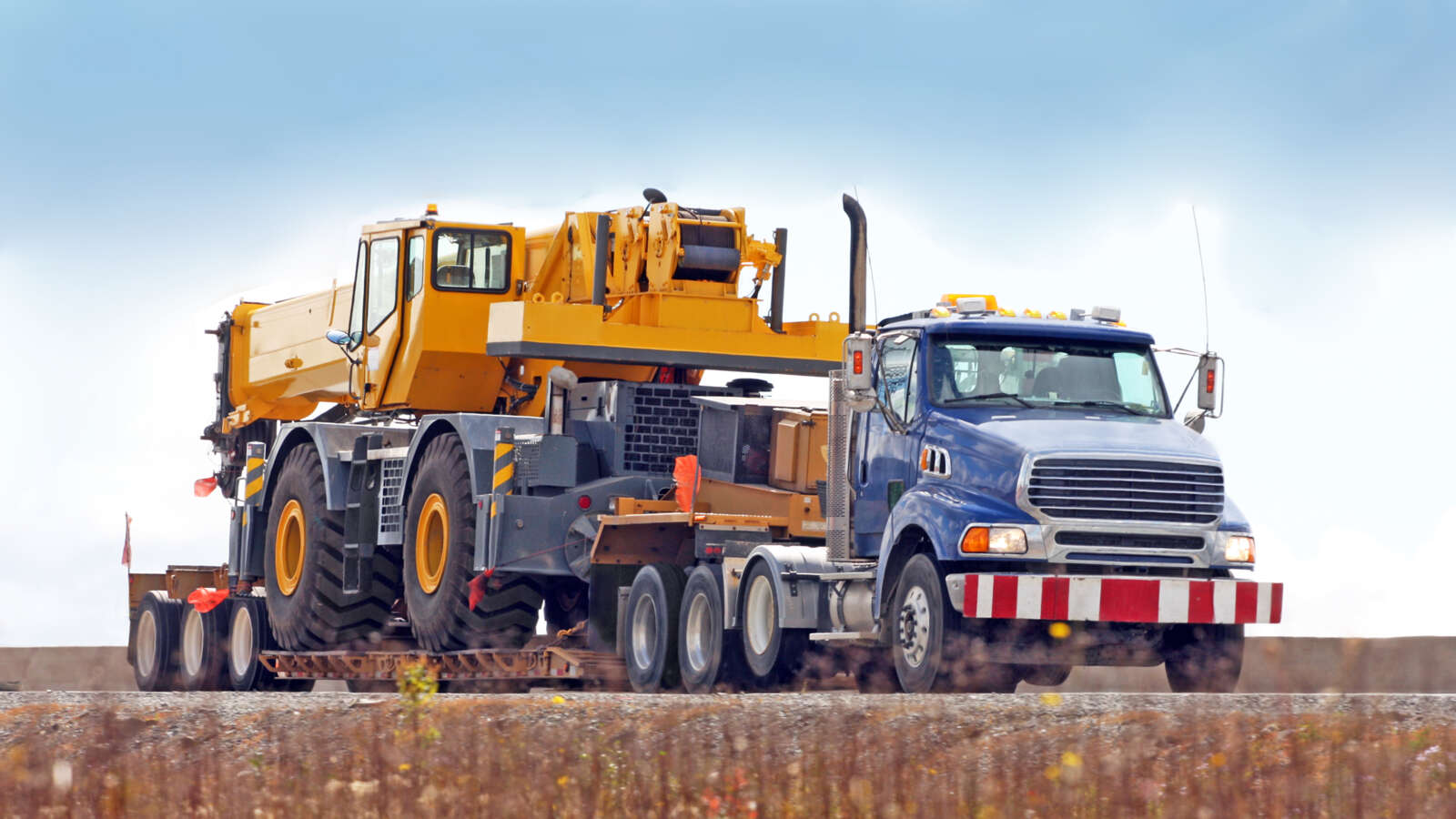Shipping heavy machinery is a vital aspect of numerous industries, ranging from construction and manufacturing to agriculture and mining. The seamless movement of these colossal pieces of equipment is pivotal for maintaining operational continuity and meeting project deadlines.
In industries reliant on heavy machinery, the need for efficient shipping solutions is paramount. However, the transportation of heavy machinery poses a myriad of challenges that necessitate the expertise of specialized shipping companies.
Understanding heavy machinery

Heavy machinery refers to large, complex machines essential for industrial operations across various sectors, such as construction, manufacturing, agriculture, and mining. These machines are characterized by their substantial size, significant weight, and intricate designs, making their transportation a challenging task.
In the construction industry, examples of heavy machinery include cranes, excavators, bulldozers, and concrete mixers. These machines are crucial for building infrastructure, enabling tasks like lifting heavy materials and earthmoving. In manufacturing, heavy machinery encompasses industrial presses, assembly line equipment, and CNC machines, which are vital for high-precision and efficient production processes. Agriculture relies on tractors, combine harvesters, and plows to enhance productivity in farming operations. Mining operations use drilling rigs, excavators, big trucks to extract and transport minerals.
The unique characteristics of heavy machinery, such as their size and weight, require specialized transportation methods. These machines often exceed standard size and weight limits, necessitating the use of reinforced transportation vehicles. The complexity of these machines, with their intricate components, demands careful handling and security during transit to prevent damage. Additionally, transporting heavy machinery involves meticulous logistical planning, including route surveys and obtaining necessary permits.
Preparation & planning
Effective preparation, planning, and adherence to safety protocols are crucial for the successful shipment of heavy machinery. This combined approach ensures the machinery is transported safely and efficiently, minimizing the risk of damage and delays.
Manufacturer’s Securement Recommendations
Before transporting heavy equipment, it's essential to consult the equipment's manual for any manufacturer-recommended transport guidelines. Manufacturers often specify particular attachment points for tie-downs to ensure the safe securing of the equipment. The manual may also include other crucial preparation steps, such as disconnecting the battery, draining fluids, or covering specific parts. The manufacturer provides these instructions based on their deep understanding of the equipment, so it's important to follow them closely, even if the warranty isn't at risk.
Inspection
A thorough inspection involves checking the machinery for any existing damage, wear and tear, or mechanical issues that could be exacerbated during transit. Documentation of the machine's condition through photographs and detailed notes is essential for insurance purposes and to have a clear record of its pre-shipment state. Regular maintenance checks should be conducted to ensure all components are functioning correctly, including hydraulic systems, electrical systems, and moving parts.
Disassembly
If possible, heavy machinery may need to be partially disassembled to facilitate transportation. Disassembly can reduce the overall size and weight of the equipment, making it easier to handle and transport. This step must be carried out carefully to avoid damaging any components. Each part should be labeled and documented to ensure proper reassembly at the destination.
Documentation
Proper documentation is a critical component of shipping heavy machinery. This includes creating an inventory of all parts and components, detailed instructions for reassembly, and maintenance records. Additionally, shipping documents such as bills of lading, permits, customs paperwork, and insurance certificates must be meticulously prepared to comply with regulatory requirements and facilitate smooth transit through customs and checkpoints.
Weight and Size Compliance
Heavy machinery often exceeds standard size and weight limits, requiring special permits and transportation methods. Understanding these restrictions is critical to avoid legal issues and ensure safe transport. Shipping companies must comply with local, national, and international regulations regarding weight and size limits. Securing the necessary permits for oversized or overweight loads is essential. These permits ensure that the transport complies with legal requirements and is allowed on specific routes.
Safety protocols

Loading Capacity and Safe Loading Practices
The transport vehicle’s loading capacity must be suitable for the weight and size of the machinery. Overloading a vehicle can lead to mechanical failures, instability, and accidents. Ensuring that the vehicle’s capacity matches the machinery's weight is crucial for safe transport. Safe loading involves distributing the weight evenly across the transport vehicle to maintain balance and stability. This process may include using cranes, forklifts, or other lifting equipment to load the machinery securely.
Proper Securing Techniques
Securing heavy machinery correctly is vital to prevent movement during transport. Manufacturers often specify designated attachment points for tie-downs in the equipment manual. Using these points, high-strength chains, straps, and tie-downs should be employed to anchor the machinery firmly to the transport vehicle. After securing the machinery, it’s important to double-check all tie-downs and fastenings to reduce the risk of the machinery coming loose during transit.
Regulatory Compliance
Transporting heavy machinery requires strict adherence to various regulations. This includes following safety standards, securing the necessary permits, and complying with weight and size restrictions. Non-compliance can result in legal issues, fines, and increased risk of accidents.
Route Planning and Hazard Mitigation
Careful route planning is essential to avoid potential hazards and ensure a smooth journey. Factors such as road conditions, bridge clearances, and traffic patterns should be considered. Selecting the safest and most efficient route minimizes risks and reduces the likelihood of delays. Monitoring weather forecasts and planning around severe weather conditions is vital. In adverse weather, it may be safer to delay transport until conditions improve.
Emergency Preparedness
Having a contingency plan in place is crucial for addressing emergencies that may arise during transport. This includes having contact information for emergency services, roadside assistance, and the shipping company’s support team. Personnel should be trained to respond swiftly and effectively in case of accidents or breakdowns. Reliable communication systems, such as two-way radios or mobile phones, should be used to maintain constant contact between the transport vehicle and the control center.
Shipping heavy machinery
Shipping heavy machinery requires careful consideration of various transportation methods to ensure safe and efficient delivery. Among the options available, Roll-on/Roll-off (RoRo), Lift-on/Lift-off (LoLo), flat rack, and container shipping are commonly utilized for transporting heavy machinery across different distances and destinations.
RoRo (Roll-on / Roll-off)
 Photo: RoRo International
Photo: RoRo International
RoRo shipping involves loading heavy machinery onto specialized vessels using ramps.
This method is suitable for machinery that can be driven or rolled onto the ship, such as trucks, trailers, and wheeled construction equipment. RoRo vessels offer efficient loading and unloading processes, reducing turnaround times and minimizing handling risks. However, RoRo ships have limited capacity for oversized or non-wheeled machinery.
LoLo (Lift-on / Lift-off)
 Source: U.S. Navy
Source: U.S. Navy
LoLo shipping, also known as Lift-on/Lift-off, utilizes cranes to hoist heavy machinery onto and off the vessel. This method is ideal for oversized or non-wheeled machinery that cannot be loaded using ramps, such as industrial equipment and machinery with irregular shapes. LoLo vessels provide flexibility in handling a wide range of heavy machinery, ensuring secure loading and unloading procedures. However, LoLo shipping may require additional handling equipment and longer turnaround times compared to RoRo shipping.
Flat Rack Shipping
 Photo: heavyquipmag.com
Photo: heavyquipmag.com
Flat rack shipping involves securing heavy machinery onto flat rack containers for transportation. These containers feature open sides and collapsible ends, allowing for easy loading and securing of oversized or irregularly shaped machinery. Flat rack containers offer versatility in accommodating various types of heavy machinery, including large vehicles, industrial equipment, and machinery with unconventional dimensions. However, securing cargo on flat racks requires careful planning and expertise to ensure stability and prevent damage during transit.
Container Shipping
Container shipping involves transporting heavy machinery in standard or specialized containers. Standard containers offer a secure and cost-effective option for smaller or less bulky machinery, such as parts, components, or smaller vehicles. Specialized containers, such as open-top or flat rack containers, provide solutions for oversized or irregularly shaped machinery. Container shipping offers advantages such as standardized handling procedures, secure stowage, and multimodal transportation options. However, container shipping may have limitations in accommodating extremely large or heavy machinery.
Conclusion
Shipping heavy machinery is a critical component in various industries, including construction, manufacturing, agriculture, and mining. Ensuring the safe and efficient transport of these massive and complex machines requires meticulous planning, adherence to safety protocols, and the expertise of specialized shipping companies. By understanding the unique characteristics of heavy equipment, preparing meticulously, and choosing the appropriate shipping method—whether it be RoRo, LoLo, flat rack, or container shipping—businesses can achieve seamless heavy equipment shipments.
The role of experienced shipping agents cannot be overstated, as their knowledge and resources are pivotal in overcoming the logistical challenges associated with shipping heavy machinery. As industries continue to grow and evolve, the demand for reliable and proficient shipping solutions will only increase. Partnering with trusted shipping companies ensures that heavy machinery reaches its destination safely, maintaining operational continuity and supporting the success of diverse industrial projects.
By following the strategies and protocols outlined in this article, businesses can navigate the complexities of heavy machinery transport and ensure their valuable equipment arrives in optimal condition, ready to contribute to their operational goals.